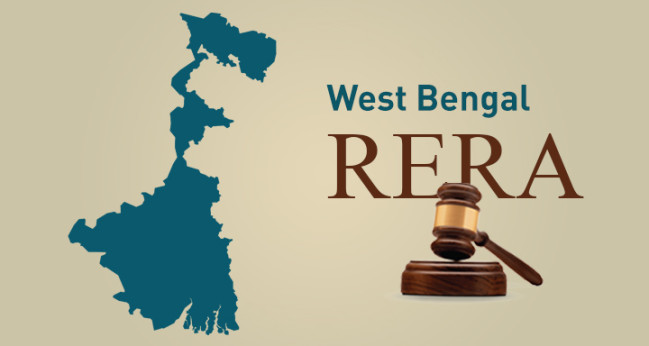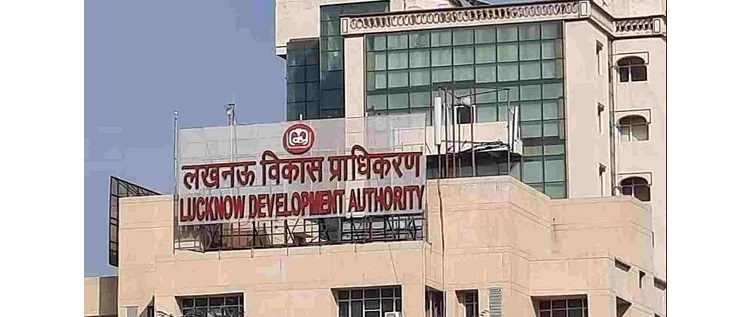E - PAPER
Average household income outpaces home price rise in Mumbai
In the inaugural issue of Knight Frank’s global report, Urban Futures, Mumbai has recorded the third highest growth in annual household incomes over a five-year period (2014 – 2018). Mumbai has recorded a rise of 20.4% in annual household incomes in the period of study. The growth in housing prices
 BY
admin
BY
admin
Published - Friday, 29 Mar, 2019

In the inaugural issue of Knight Frank’s global report, Urban Futures, Mumbai has recorded the third highest growth in annual household incomes over a five-year period (2014 – 2018). Mumbai has recorded a rise of 20.4% in annual household incomes in the period of study. The growth in housing prices in the same period in Mumbai has been estimated at 8% only. San Francisco in USA saw the highest rise in annual income at 25% in the five-year period while Amsterdam at 63.6% (Netherlands) recorded the highest rise in housing prices between 2014 –18.
The report evaluates 32 cities across the world to understand the difference between house prices and income and estimates the gap to be US$740 billion in 2018.
Despite being India’s most expensive real estate market, Mumbai emerged among the more affordable cities amongst its global peers. Mumbai has seen real household income growth outpace real house price growth by 12.4%, indicating an improvement in affordability. The real house prices in comparison have grown at a much slower pace of 8% while the real disposable household income growth was over 20.4% in the five-year period ending 2018. The affordability in the city have improved on account of reduced size of units with largely stable prices. Consistent reduction in apartment sizes has also lowered the average ticket price for Mumbai. It is estimated that on an average, newly launched homes are smaller by 25% between 2014 -18. Maximum launches, especially in the last two years (2017 and 2018) have been in the affordable and mid ranged segment with ticket prices not exceeding INR 7.5 Million (75 Lakhs).
ShishirBaijal, Chairman and Managing Director, Knight Frank India, said, “Mumbai’s residential housing shortage has been a reason for concern for most urban development agencies including the government. Similar to other global cities, Mumbai adds many new settlers every year making it a difficult place to find housing. However, despite having India’s most expensive real estate, in comparison to its global peers, Mumbai remains more affordable. This should be viewed positively, as it indicates a further possibility of growth of Global and Indian organisations in the city, who are always looking at locations that are strategic and yet within the affordable range. Mumbai has seen a steady increment in average incomes based on its economic growth, while the reduction in property prices has further enhanced affordability. The city has seen a drop of close to 7% in ticket prices for new launches in 2018. With the recent announcement on reducing GST on under construction projects, the effective payout by the buyers is expected to reduce by a further 6% - 7%.”
As part of the Urban Futures report, Knight Frank has launched its Global Affordability Monitor, which analyses affordability across 32 cities. It takes into consideration three key measures – house price to income ratio, rent as a proportion of income and real house price growth compared to real income growth. Across the 32 cities, there was an average five-year real house price growth of 24%, while average real income grew by only 8% over the same period. Overall, New York saw its income growth exceed real house price growth by 3% while Moscow, Singapore, Mumbai and Paris also saw their average real income over the last five years grow faster than real house prices. Moscow saw the largest difference where real income growth outpaced real house price growth by 22%.
RELATED STORY VIEW MORE
NEWS LETTER
Subscribe for our news letter
E - PAPER
-

CURRENT MONTH 
LAST MONTH















